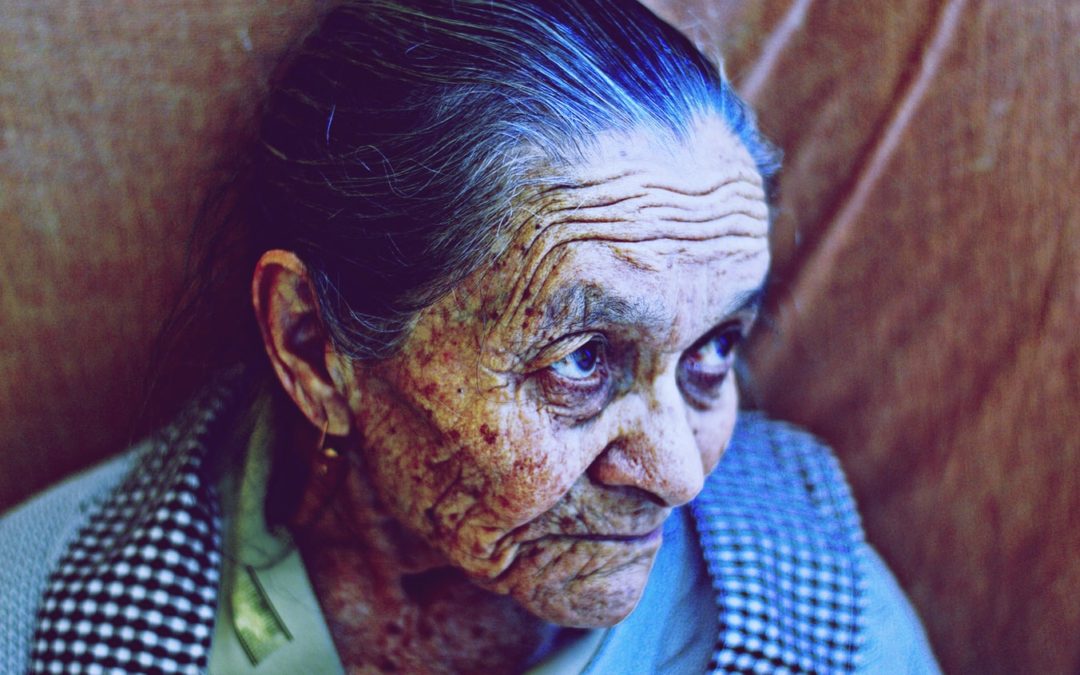Medical professionals are able to determine that a patient has reached their final phase of life based upon the changes in their skin’s tone, elasticity, and their symptoms of localized pain. Unfortunately, these changes are a natural and often unavoidable part of the aging process. However, the discomfort caused by the end of life skin changes can be eased through hospice services.
At Hospice of South Louisiana, we ease the discomfort of our patients’ end of life skin changes every day. We are always happy to share our expertise and expand the body of knowledge. Read on to learn why end of life skin is different, what to expect, and how you or your loved one can remain comfortable in spite of the natural changes.
What Causes End of Life Skin Changes?
Blood circulation decreases as we age. AHA Journals found that coronary flow reserve levels (the body’s maximum increase in blood flow through the coronary arteries beyond its average rate during a relaxed state) are at 4 in most 30-year-olds and are reduced to 3 by the time the average person reaches the age of 65.
This natural process is accelerated in our bodies’ final months. As a person’s body enters its final phase, it begins to lose its ability to modulate its temperature, fluid composition, blood sugar, gas concentrations, and blood pressure–these functions are known as the mechanisms of homeostasis. The loss of homeostasis mechanisms causes vital organs to suffer. In an attempt to compensate, the body will preserve its most vital organs by allocating the blood normally filtered through its skin to its vital organs.
While this transfer of blood may be necessary for prolonged system functionality, the skin is left vulnerable. For those in their final phase of life, even small scratches and pressures can have serious consequences such as infection, tearing, pressure ulcers, and skin hemorrhaging.
What End of Life Skin Changes to Expect
There are two common end of life skin changes that affect those in their final stage of life.
1. Discolored and Mottled Skin
As our bodies enter their final phase and lose their ability to regulate their temperature and blood pressure, the skin on the patient’s arms and legs often take on a blue hue. This condition can progress to skin mottling as the patient’s life draws close to its end. Skin mottling appears as red or purple marbling, often beginning at the patient’s feet and traveling up their legs. The patient’s extremities will be extremely cold.
How Hospice Helps
Hospice nurses are equipped to provide 24-hour support, keeping patients comfortable by administering blankets and warm washcloths. Skin discoloration and mottling are not inherently painful so long as the patient is properly looked after and kept warm.
2. Decubitus Ulcers
Decubitus Ulcers, commonly referred to as bedsores, are caused by prolonged pressure to the skin. The skin’s vulnerable state in the final phase of life makes hospice patients particularly sensitive to contracting bedsores. Boney regions such as heels, ankles, hips, and the tailbone are highly susceptible to developing these sores due to the increased pressure in these areas.
How Hospice Helps
Hospice healthcare providers are able to relieve pressure areas by frequently turning and repositioning patients. Hospice can also provide pressure-relieving mattresses to help prevent wounds. Because skin is extremely sensitive during the final phase of life, it is important that the patient is repositioned by someone trained to move them gently. Otherwise, a well-intentioned attempt to reposition the patient could inflict more skin damage. Some patients prefer not to be repositioned, and their quality of life goals must be respected.
According to a panel of medical experts, established to further the understanding of Skin Changes at Life’s End (SCALE), not all pressure ulcers are avoidable during a patient’s final stage of life. It is up to the patient to dictate what will make them the most comfortable as they confront their end of life skin changes. If a patient develops decubitus ulcers, hospice teams are able to administer and educate on wound care practices to promote healing and prevent further damage.
Hospice of South Louisiana Eases End of Life Skin Changes
While end of life skin changes may not be avoidable, pain and discomfort are. Hospice of South Louisiana’s comprehensive care team of physicians, skilled nurses, and others work together to create an end of life care plan that achieves our patients quality of life goals. We are committed to partnering with our patients and their families to help them live their fullest lives.
If you or your loved one are experiencing discomfort from end of life skin changes, contact Hospice of South Louisiana today. You don’t have to navigate the final phase of life alone.

